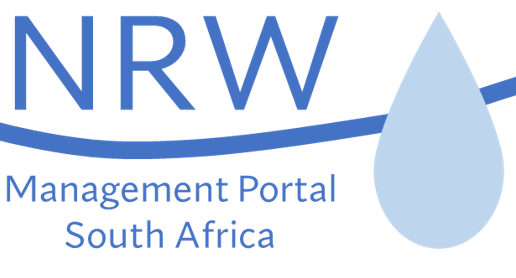Management to Improve Water Use Efficiency in Dryland Cropping
Category: Advisory packages, guidelines, and tools
Water Loss Management Summary Sheets: 3. Sectorising and Step Testing
Sectorising is the process of splitting a large water reticulation system into smaller zones which can be individually monitored to help in the identification of water losses and other water related problems. The process of sectorising is well known as a critical element of any water loss reduction programme and has long been regarded as the starting point of any comprehensive water demand management strategy.
Water Loss Management Summary Sheets: 2. Pressure Management
While managing water pressures in a supply area is not simple and there are a great many issues to consider, the common factor in every system is the fact that leakage is driven by pressure and if the pressure is increased, the leakage will also increase. If the water pressure in a system can be reduced, even for a short period during times of low demand, the water leakage from the system will be reduced. Pressure has been recognised as the single most important issue to be considered when trying to reduce leakage from a water reticulation system.
Water Loss Management Summary Sheets: 1. Importance of Logging
Flow and pressure logging is an essential element of any comprehensive water loss reduction programme for all municipalities.
Towards co-operative governance in the development and implementation of cross-sectoral policy: Water policy as an example
Water policy is cross-sectoral, directly and indirectly affecting and affected by almost all other sectoral policies such as agriculture, urban development, rural development, health, housing, economic development. Effective implementation of any cross-sectoral policy requires that co-operative governance processes have to be established on the ground, and not just considered as some form of laudable principle.
Reducing water losses in Municipalities: Key issues and pointers to implementation
Saving water and water demand management (WDM) in general can be quite confusing to a municipality wishing to embark on some form of water loss reduction activities. A lot of work has taken place in South African and internationally to support water loss reduction in order to save money.
Determining How Much is Just Enough
South Africa is a water-scarce country, which means it water resources are limited. The country does not have that frequent rainfalls to ensure adequate crop growth.
Pressure Management Program (PRESMAC)
The PRESMAC model represents one of several models that are being developed through the WRC in order to assist water suppliers to manage and reduce their levels of unaccounted-for water.
Sanflow
The SANFLOW program represents the first of several programs that are being developed through the WRC in order to assist water suppliers to manage and reduce their levels of unaccounted-for water.
ScoreCard V23
Municipal Scorecard for Assessing the Potential for WC/WDM Efforts in Municipalities.
